
Once the Largest Dinnerware Production Company in the US: Now Abandoned
Shenango China – once one of the largest leading American dinnerware manufacturers; abandoned since 1991. Forests now fill the floors of this massive, rusted industrial landscape. Wild overgrowth sweeps through, in and out of pipes, furnaces and windows, while flooded floors reflect years of crumbling history being taken over by nature, and the passing of time. Where once, they had produced beautifully crafted pieces of fine china now remains only decaying abandonment, littered with charred papers strewn across the empty factory. Moss grows like a carpet, sprawling across dirty, cracked floors, and thousands upon thousands of pieces of China remain, piled up in boxes and scattered from room to room. This is what remains to tell the story of what once was Shenango China.


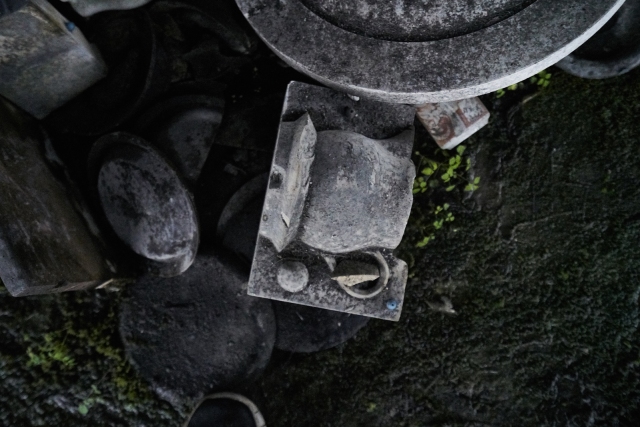


Long ovens remain mostly intact, stretching across factory floors. They seem almost endless when standing inside of them, looking to the light at the other end. We could hear the raindrops tap along metal roofs, and fall into the factory through holes in the ceiling. Everywhere we went, the factory made noise, whether it was a metallic crunch of the building moving in the wind, or water pouring into large pools across floors, some of them inches deep. In some areas, we could smell the damp nature over industrial decay, as ferns and other plants pushed up through the floors. A lot can happen to a place in 27 years at the hands of nature.
The middle area of the factory had been completely removed by a fire, but piles of china still lie scattered about. The rain fell lightly as we stood silently admiring what once was. Twisted steel and charred remains of wood and brick litter an empty concrete slab, which is now slowly becoming a forest. We had initially thought that the factory was forfeited due to the fire taking out the entire center area of the factory, but had found later that the fire happened 20 years after abandonment, in 2011.


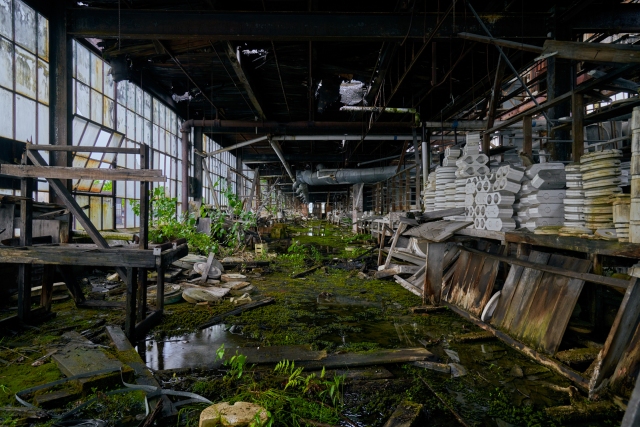

Finally, we had reached a room upstairs with just enough daylight remaining to see. Thousands upon thousands of molds and dishes remained placed along shelves lining the factory floor in all directions. I could hear the rain falling outside the partially open window as I stared across the dusty room.
Shenango China began as a company in 1901, incorporated with the New Castle China Company, and New Castle Shovel Works. During this time, the company employed 150 people. Only four years later however, Shenango China found themselves in a bit of financial difficulty, and so a receiver was appointed. A charter was then taken out under the name of “Shenango Pottery Company.” In 1909, the company was taken over by an entirely different group, headed by James N. Smith, but continued to struggle financially for the next 10 years. With James’ direction however, the plant would be on the rise to increased production and larger business deals. For his contributions in keeping the plant alive, James Smith has been considered the founder of the company.

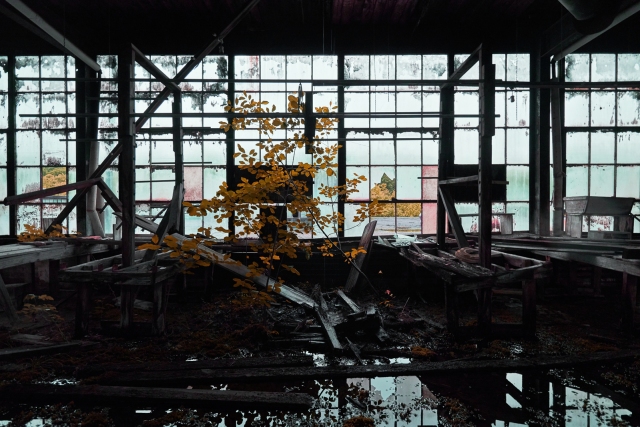
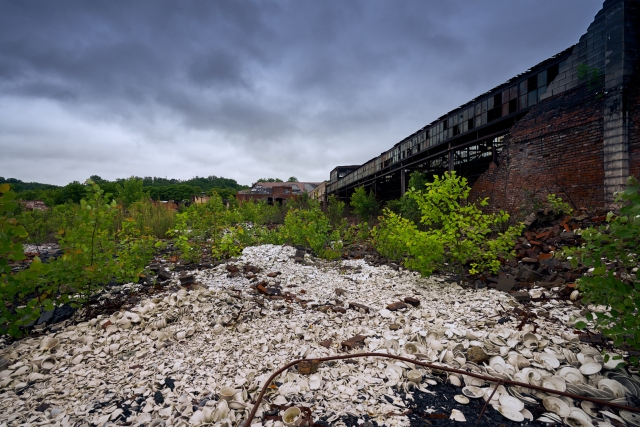
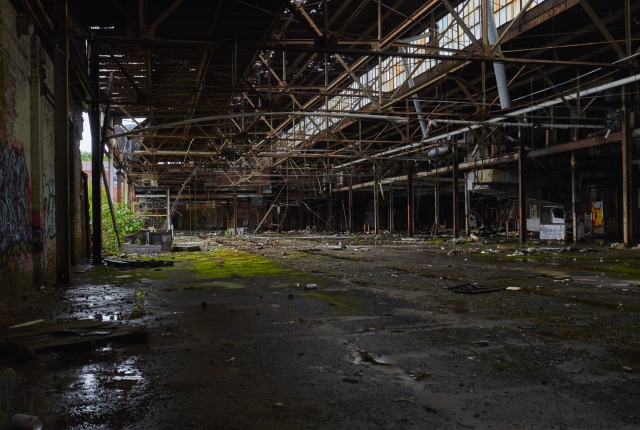

Shenango China would come to absorb many of its competitors, including the New Castle Pottery Company in 1912, Wallace China in 1959, and Mayer China Company in 1964. The New Castle China plant is where the business had stayed in operation from 1912, up until its closure in 1991.
Shenango grew to be a household name across America, becoming one of the leading American dinnerware manufacturers from the 1920s until the late 1980s. The company manufactured many well-known pieces of china, including “American Haviland” for the French company Theodore Haviland from 1936 – 1958, and Castleton China; a line commissioned by a German company to be sold in the United States. Shenango China had even taken on famous commissions, producing dishes for presidents, and serving dishes for the White House. These dishes included a commemorative plate for Dwight D. Eisenhower, and dinnerware for Lyndon B. Johnson. Of the company’s products, Incaware became one of Shenango’s main product lines. It was a restaurant china, with a light, buff-colored background, decorated with various designs.
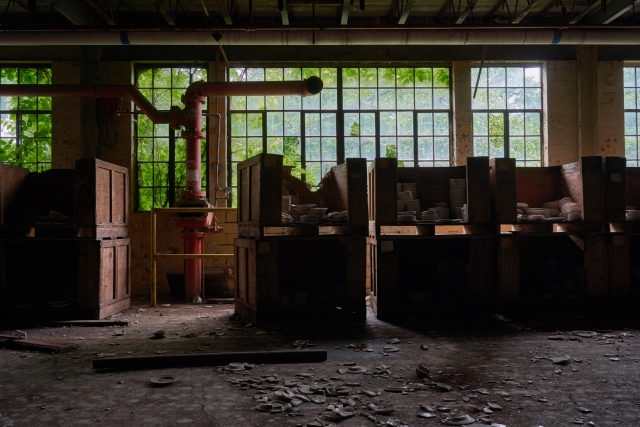



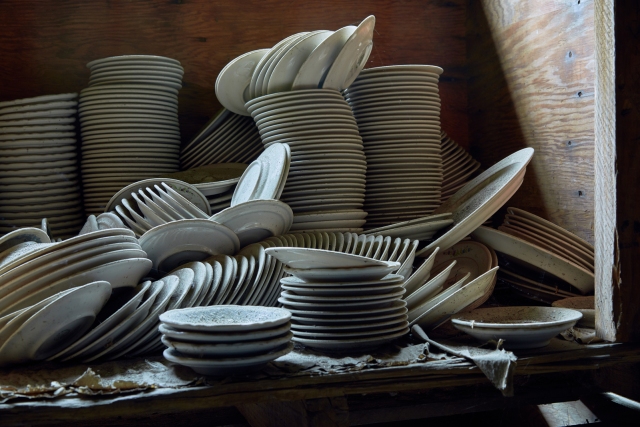
In 1968, Shenango was sold to Interpace Corporation, and 11 years later sold again to Anchor Hocking Corporation. The company was shut down, and the factory was closed in 1991, as they could not keep up due to increased labor costs to produce fine china while popularity of inexpensive imported china grew.


Very often, I’m asked what gear I use for my photography, videography, etc. Questions ranging from what type of camera/cameras I use, what lenses I use, backpacks, memory cards, even what type of laptop I recommend, or what type of introductory camera I recommend…all that stuff, and more!
Well, of course I love to recommend camera gear or adventure gear that I trust and love, so at the end of each post I create here on my blog, I like to give a bit of a run-down on gear I use almost all the time!
So here it is! My entire (or most of it) list of photography/editing/adventure gear that I use.
My Camera (Sony a7riii) – https://amzn.to/2AFtzQv
Alternative Camera – https://amzn.to/2VHjR9h
Theta 360 Camera – https://amzn.to/2CaRwzm
Sandisk Memory Cards – https://amzn.to/2SN5sX6
Sony 16-35 4.0 – https://amzn.to/2HgLFhN
Zeiss 55 1.8 – https://amzn.to/2SK4Dys
Zeiss 85 1.8 Batis – https://amzn.to/2SNRQLm
Laowa 12mm 2.8 Zero-D – https://amzn.to/2AESLXD
My Favorite Backpack – https://amzn.to/2RKTi44
Tripod 1 – https://amzn.to/2SKxxON
Tripod 2 – https://amzn.to/2M2gUM6
MSI Laptop (great for editing, & much more) – https://amzn.to/2shGfZn
My e-books – https://amzn.to/2Bumcwo
Hardcover books and prints available at – www.oddworldstudio.com






I’m always amazed at what people walk away from! A lot of that china looked perfectly usable. Why couldn’t they have given it to the employees or something?! Interesting story though. I appreciate the photos and stories you share on this blog, which I’m happy to have discovered recently.
What a waste. All those broken dishes! I would have been tempted to take a few “souvenirs”.